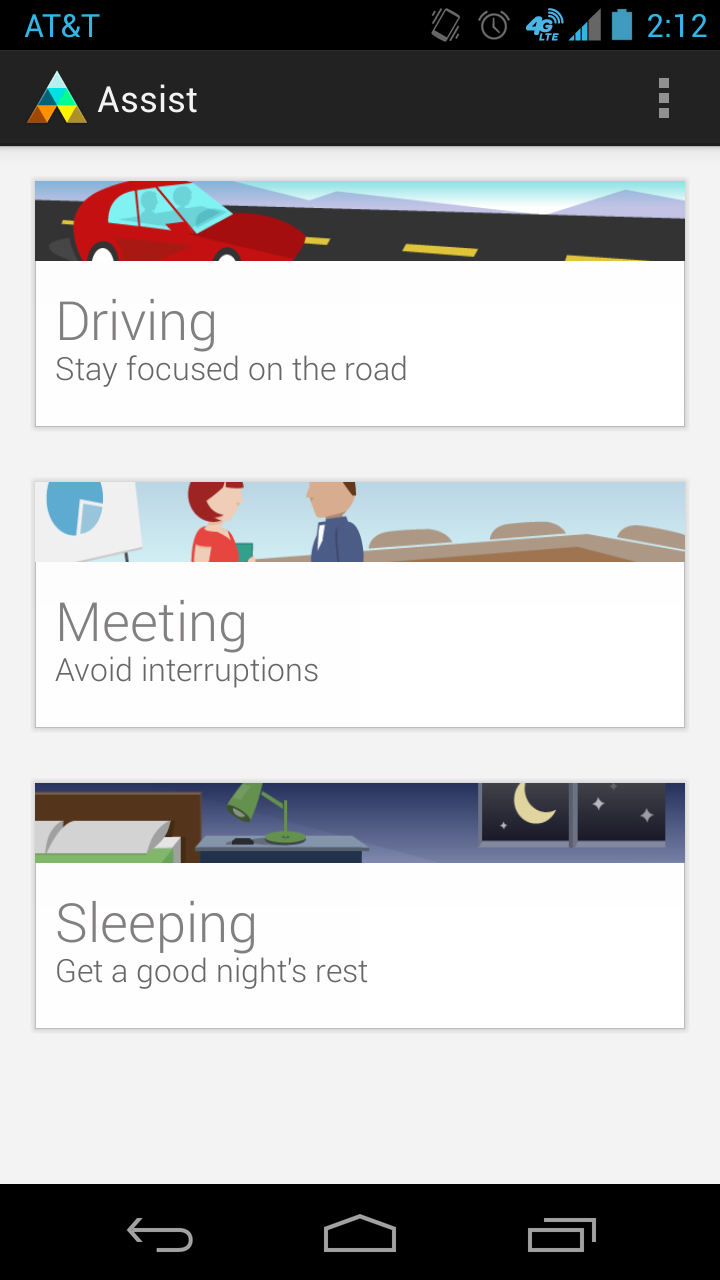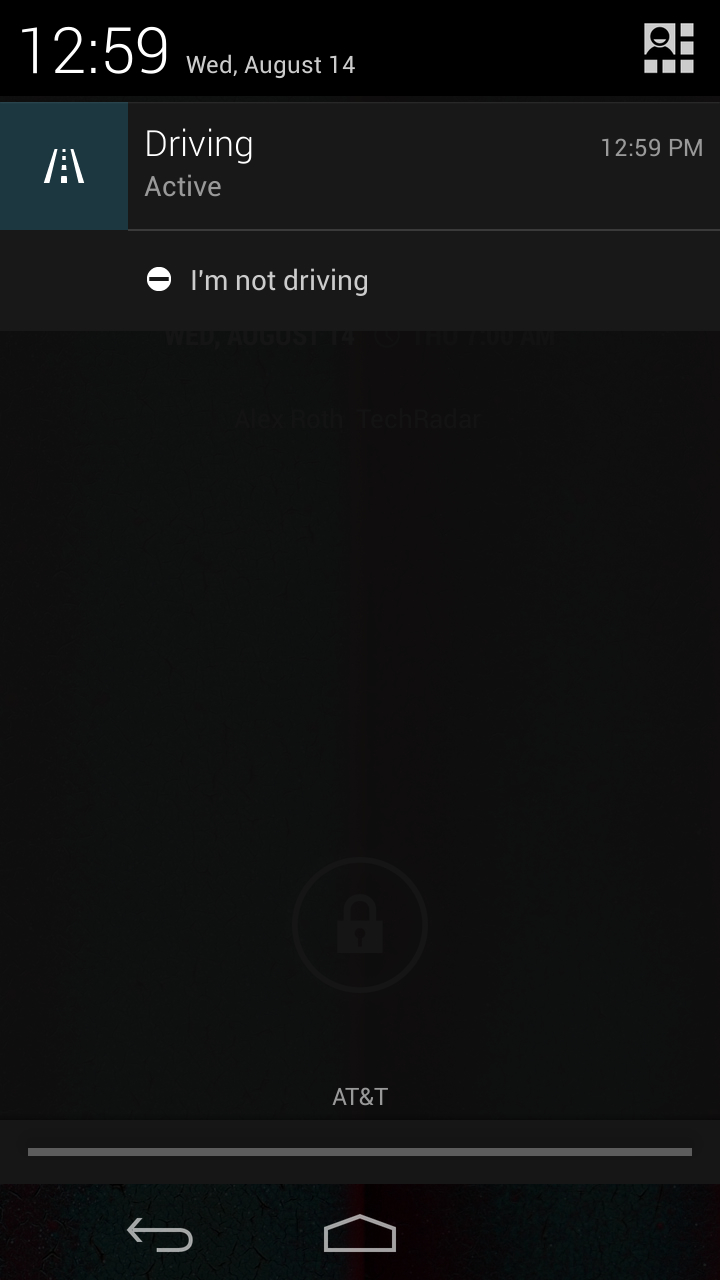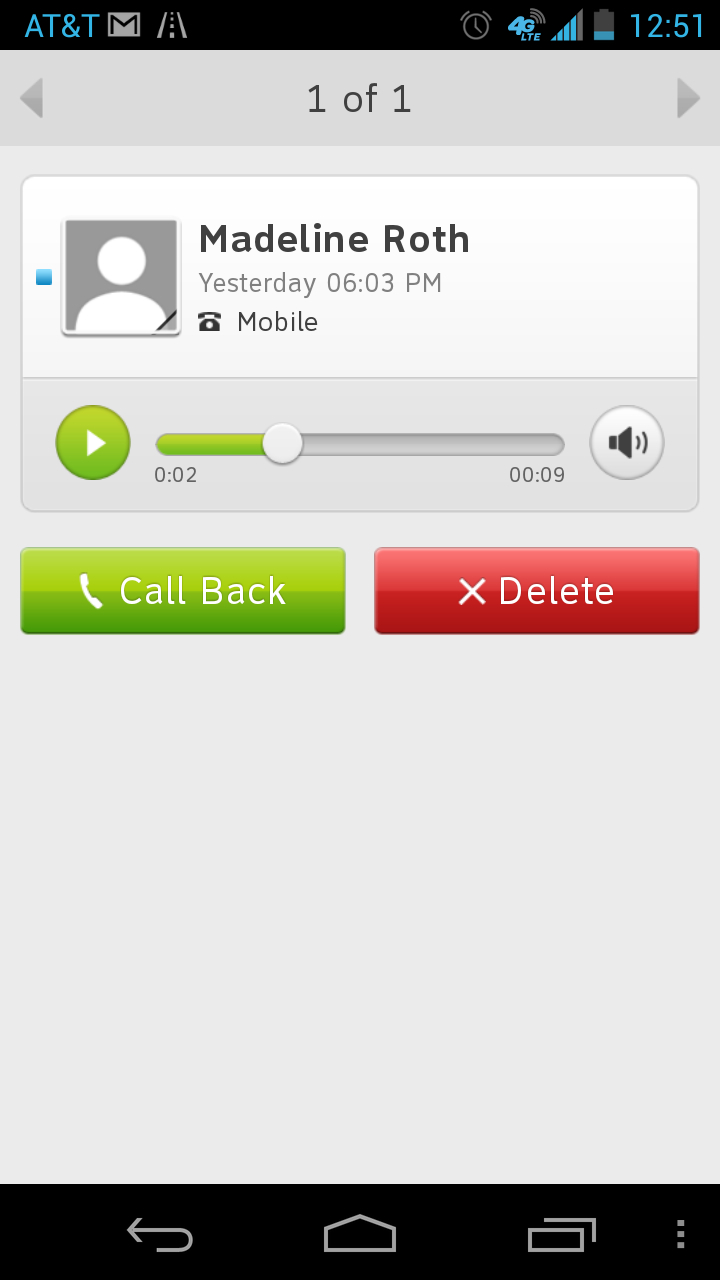Why you can trust TechRadar
One of the biggest selling points of the Moto X are all the special apps and enhancements to Google services Motorola has brought to the table. Always listening voice activation, increased contextual awareness, fast camera access and text messaging from your computer are just some of the brilliant and novel ideas here.
The Moto X struggles a bit in the execution though. When these apps work, they're useful, "why hasn't someone done this already" type inventions, or entertaining parlor tricks at the very least. When they don't work, it's because they lack polish, suffer from some odd oversight or have you bumping up against the inherent limitations of services like Google Now.
Motorola's apps

The most prominent Moto X feature is voice recognition software which lets you use Google Now hands free. After training the phone to recognize your voice and yours alone, saying "Ok Google Now," gets the Moto X's attention. From there you can issue any of the standard commands Google Now understands.
It can be inconsistent though. While it never responded to anyone else's voice, just like it's designed to do, it frequently ignored our commands. We found that you need to say the key phrase almost exactly as you did when you trained the phone.
When you've got that down, it delivers, thanks to strong noise canceling microphones on the Moto X. It even caught our commands in a noisy, crowded bar, as long as we said "Ok Google Now," just the right way. It works really well from the cup holder in your car, making it a nice hands-free option.

Next you have Motorola's Assist app which adds some much need contextual services to Android. It works a bit like the Do Not Disturb mode in iOS 6. When you're driving, sleeping or in a meeting, Assist can automatically silence and reply to calls.
Sleeping is determined by a time you set. We chose the window of 11pm to 7am, which prevented the phone from making any noise, except alarms, and won't let a call through unless someone calls twice in a row or they're in your favorites list.
Sign up for breaking news, reviews, opinion, top tech deals, and more.
Meetings are determined by events you've marked as "busy" in your calendar. During that time, you can determine whose calls will go through, and who will get an automatic text reply.
Driving might be the most useful. It uses the GPS to determine when you're on the road, and can automatically reply to calls and texts messages. If you like, it'll also announce who your text messages are from, and ask if you'd like to hear it read aloud.

The Assist app isn't perfect though. Sleeping really needs to be able to take weekends into account. We needed to manually disable it on a Saturday night when we were out late, and would still want to get any and all calls after 11pm.
Driving mode also can't tell the difference between when you're behind the wheel, or when you're just a passenger. It's easy to disable though, as long as you remember to. A little "you're driving" icon comes up in the notification center, and you just swipe it away to disable the features. Still, if you forget, the Moto X announcing, "Text message from John," from your pocket might get you some weird looks on the bus.
Finally, Motorola's greatest idea for the Moto X might be Motorola Connect. This is a Chrome browser extension that works a bit like iMessage on the iPhone. Once installed, it pops up little alerts when you receive texts or have an incoming call, missed call or voice mail.

It has some odd limitations and annoying quirks though. It can't receive pictures or videos. If you get any sort of attachment, a message pops up that says, "you have received a multimedia message." It doesn't even say who the message is from. It also doesn't support emoticons from non-Android devices, even though the Moto X itself does.
Those are some glaring omissions, especially compared to the lovely synergy between and iPhone and a MacBook with iMessage. Still, it's better than any other third-party service we've used on Android, even though it would be better as a standalone application, not a Chrome extension. That would be great for users who don't want to use Google's browser, or if could have just been a chat service we could fold into our Gmail Chat or Messages on Apple's OS X.
AT&T's applications

No matter which carrier you pony up to, they all love to jam our phones full of clunky, borderline useless applications. Apple's iPhone seems to do the best in this regard, remaining largely free from service provider's junk apps.
Thankfully, the AT&T version of the Moto X we tested was relatively free from bloatware. After reviewing the Droid Razr Mand the Droid Razr HD, which were chocked full of Verizon garbage, we were expecting a lot worse.
We actually only found two AT&T apps on our Moto X. The first is myAT&T, a clunky but decently helpful program that lets you see where you are in your billing cycle, minutes and data used and other information you might actually want.
The second is AT&T's Visual Voicemail app. It basically acts like the voicemail on an iPhone, labeling voicemail messages with contact info, and letting you pick and choose which you'd like to hear, rather than sit through them all.
It's a bit bland looking, but we had no trouble using it, and until Android decides to roll out its own visual voicemail equivalent, it's not a bad app to have around.
That being said, it's always annoying when a phone without removable storage won't let you uninstall a program. Both AT&T and Motorola's apps can't be removed, and while there's no way to know exactly how much space they take up, the available storage on the Moto X is just BLANK, on a 16GB model right out of the box.
Current page: Manufacturer and carrier apps
Prev Page Call quality and connectivity Next Page Camera